All Science
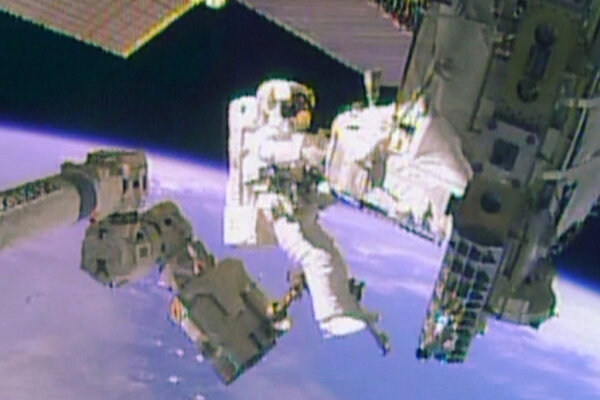 After 7-1/2-hour installation, space station cooling pump passes tests
After 7-1/2-hour installation, space station cooling pump passes testsAstronauts earn Christmas off after installing the cooling pump with their second spacewalk. Mission controllers hope to have the station running at full capacity by week's end.
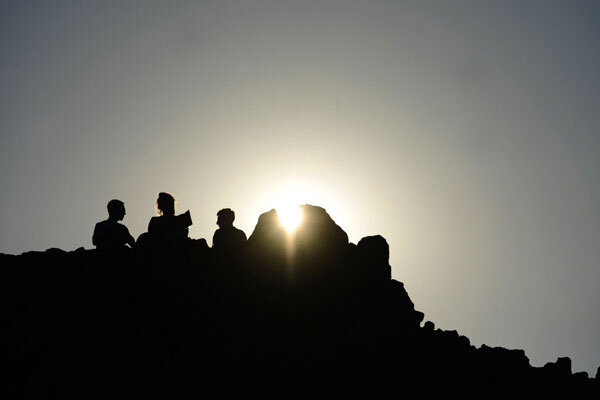 Winter solstice 2013: Were you really waiting until now for winter?
Winter solstice 2013: Were you really waiting until now for winter?Winter solstice 2013: The sun is lowest, the night is longest, the (Northern Hemisphere) winter solstice is here, and so is winter. Unless, of course, you take your cues from the weather, and you're three weeks in already.
- Asteroid-hunting telescope orbiting Earth sends first images, with clarity
NEOWISE, an infrared telescope orbiting Earth, returns test images in preparation for hunting and characterizing near-Earth objects, especially asteroids. The information it provides will help scientists gauge the hazard different asteroids pose.
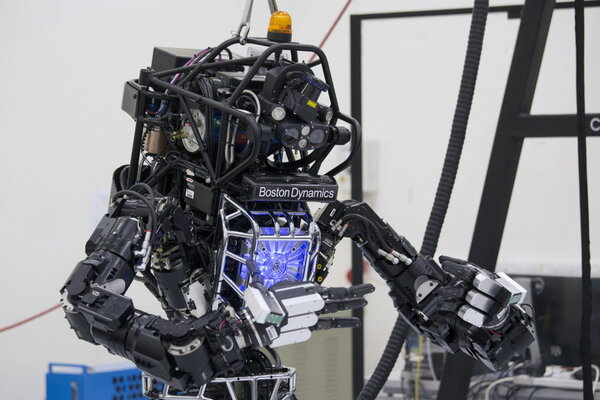 DARPA Robotics Challenge opens in Florida
DARPA Robotics Challenge opens in FloridaSeventeen of the world's most sophisticated humanoid robots will compete in eight trials in one arena.
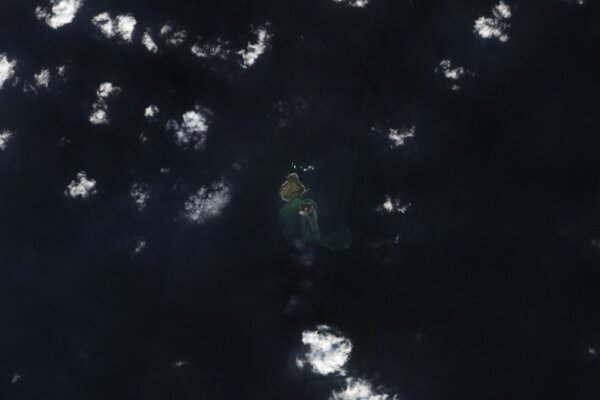 Little island that could: Japan's newest island is growing
Little island that could: Japan's newest island is growingJapan's new island was seen in a NASA satellite image, defying expectations that it would fast erode and disappear back into the water.
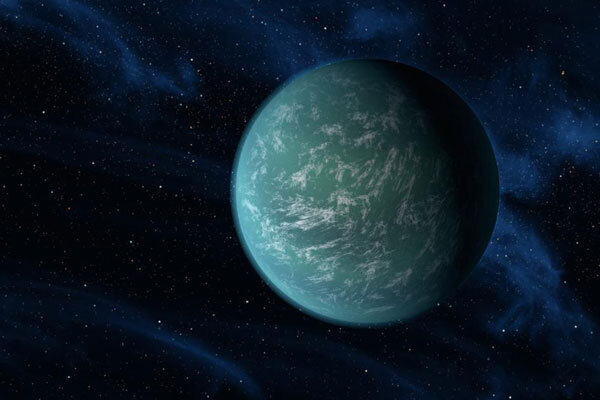 Massive leap in search for habitable planets
Massive leap in search for habitable planetsPinning down the mass of exoplanets has been problematic, but it is central to determining if a planet might be habitable. Now, a new method could help scientists 'a lot.'
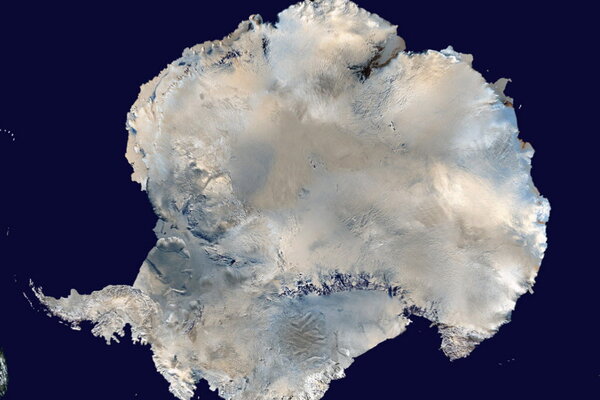 China to bolster presence in Antarctica, build fourth research station
China to bolster presence in Antarctica, build fourth research stationChina is expanding its presence in the resource-rich continent, a possible sign that it could be gearing up for a power play in future negotiations over how to manage the region's oil and minerals, analysts say.
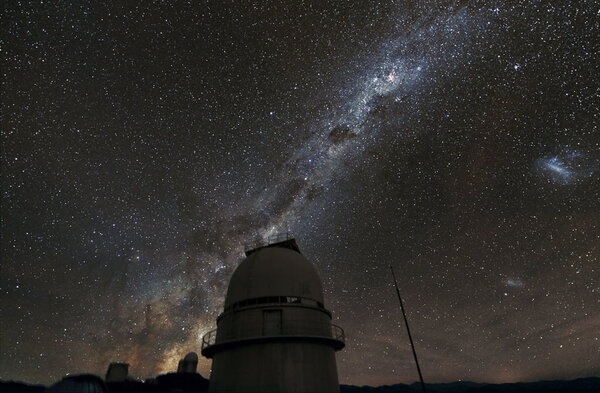 Gaia satellite to chart one billion stars, answer cosmic questions
Gaia satellite to chart one billion stars, answer cosmic questionsWhat can the Gaia satellite, launched on Thursday, tell us about the past, present, and future of our galactic neighborhood? The new satellite carries a billion-pixel camera that will furnish the largest ever 3D map of the Milky Way.
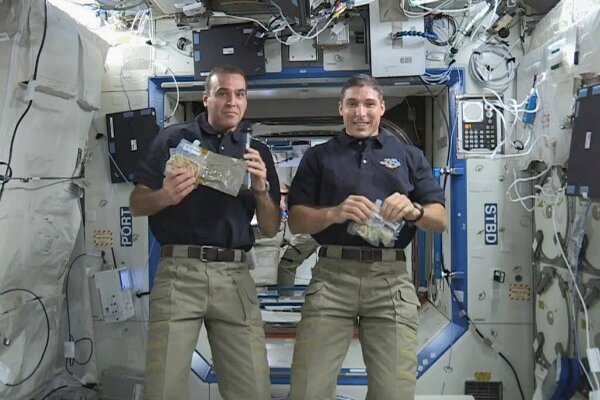 Christmas Day spacewalk? Astronauts will go outside to fix space station.
Christmas Day spacewalk? Astronauts will go outside to fix space station.Astronauts aboard the International Space Station are now scheduled to conduct three spacewalks to replace a malfunctioning coolant pump on the station's exterior.
 Neanderthal genome suggests new, mysterious human lineage
Neanderthal genome suggests new, mysterious human lineageA genome sequenced from the toe bone of a Neanderthal woman has yielded several new insights into the evolution of early humans and their contemporaries.
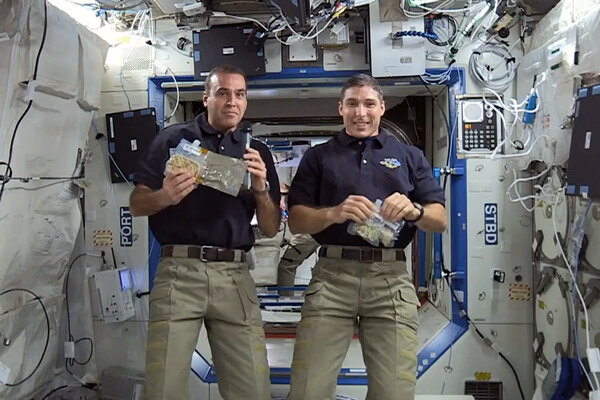 Two US astronauts tapped for spacewalks to fix a space station pump
Two US astronauts tapped for spacewalks to fix a space station pumpNASA has scheduled three 6-1/2-hour emergency spacewalks, starting Saturday, aimed at repairing a faulty cooling pump aboard the International Space Station.
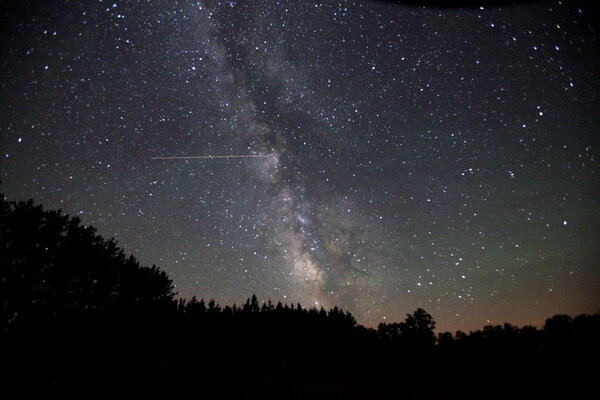 How many arms does The Milky Way have?
How many arms does The Milky Way have?The Milky Way is more like a Hindu god than a human, according to a new galactic map that has revised how scientists look at the Milky Way's appendages.
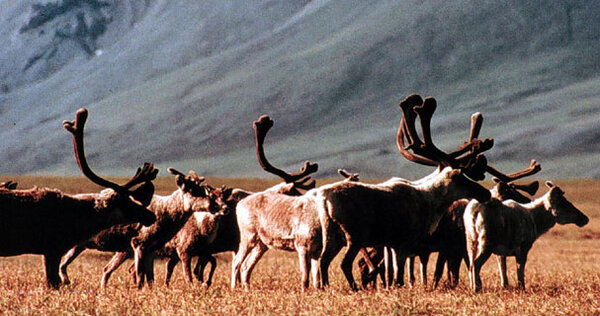 Watch out, Rudolph: Climate change endangers reindeer games
Watch out, Rudolph: Climate change endangers reindeer gamesReindeer habitats are shrinking in the face of global climate change. While some pockets will survive, their genetic diversity and ability to withstand change is vulnerable, say scientists.
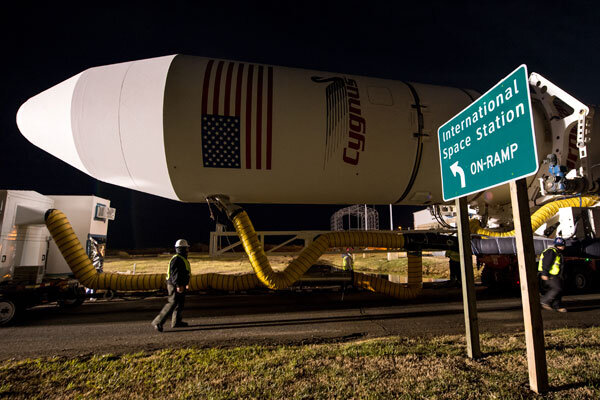 Space station may need emergency spacewalk if software patch fails
Space station may need emergency spacewalk if software patch failsA faulty pump means the space station might have to scrap a scheduled resupply to perform an emergency spacewalk. NASA hopes a temporary fix will allow the resupply to go ahead.
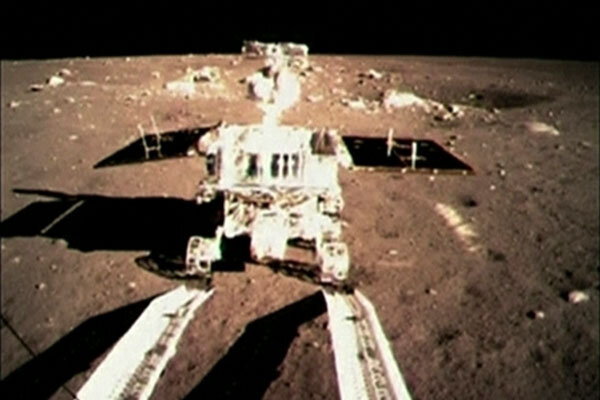 China touts prowess of moon rover, scientists just want to know what's there
China touts prowess of moon rover, scientists just want to know what's thereChina has sent its Jade Rabbit rover to a lunar crater with rocks far younger than any explored by the US or Russia. Its findings could help piece together a little-understood period in the moon's history.
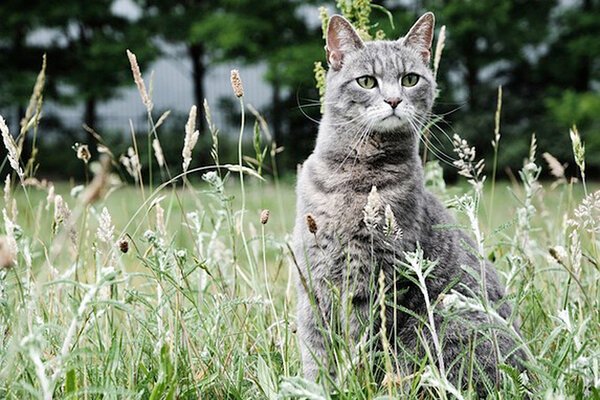 Study finds evidence of domesticated Chinese cats 5,300 years ago
Study finds evidence of domesticated Chinese cats 5,300 years agoAn analysis of feline remains at an archaeological site in China suggests that cats were domesticated there much earlier than previously thought.
- 10 cool science gifts (for every age and budget) Looking for Christmas gifts for a science-lover? These science gifts entertain adults, educate children, and bring a smile to the Einstein in your life – just choose your budget.
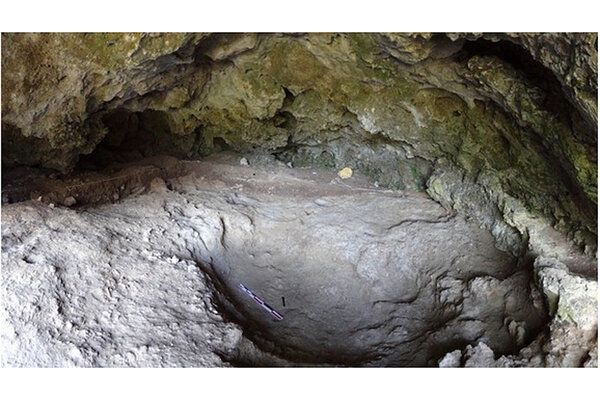 Did the Neanderthals bury their dead?
Did the Neanderthals bury their dead?A study of 50,000-year-old Neanderthal bones indicates that members of the ancient human species buried their dead, suggesting that they were capable of complex thought.
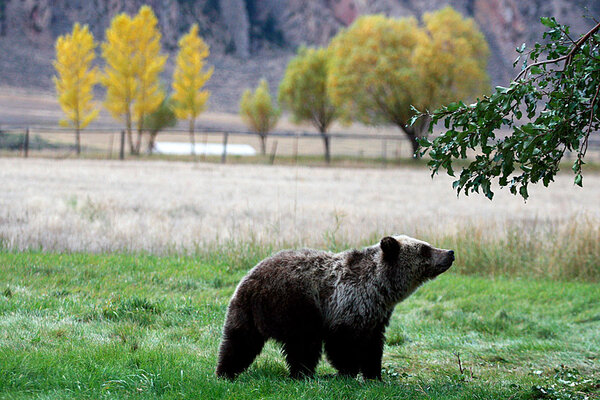 Yellowstone supervolcano: 2.5 times bigger than anyone knew
Yellowstone supervolcano: 2.5 times bigger than anyone knewYellowstone supervolcano: The magma chamber underneath the Yellowstone caldera is 55 miles long and 18 miles wide. The Yellowstone supervolcano has the potential to erupt with a force about 2,000 times greater than the Mount St. Helens 1980 eruption, according to a new study.
 Gaping jaws of carnivorous plant win microphotography prize
Gaping jaws of carnivorous plant win microphotography prizeAn image of the humped bladderwort, a tiny floating carnivorous plant, has beaten out more than 2,000 entries to win the top prize in the 2013 Olympus BioScapes Digital Imaging Competition.





















